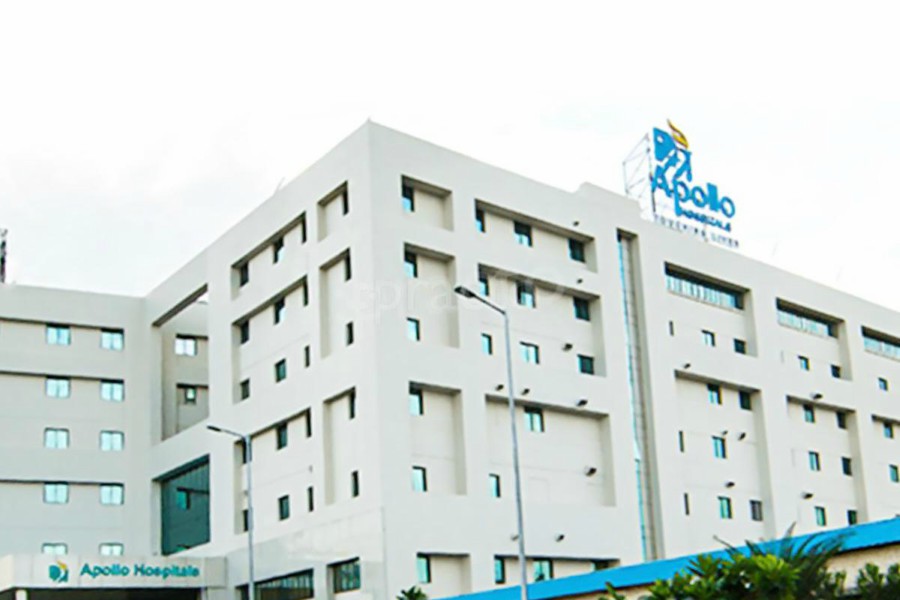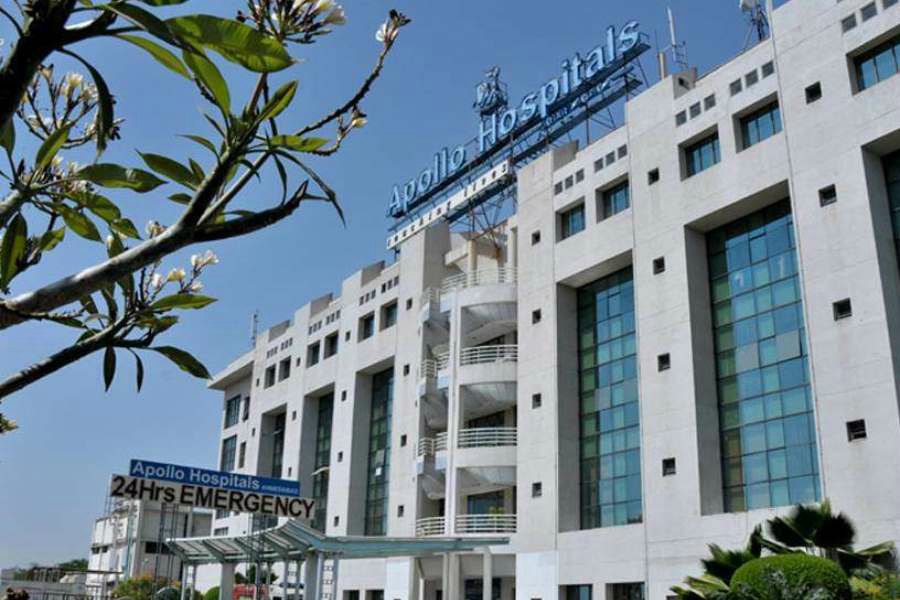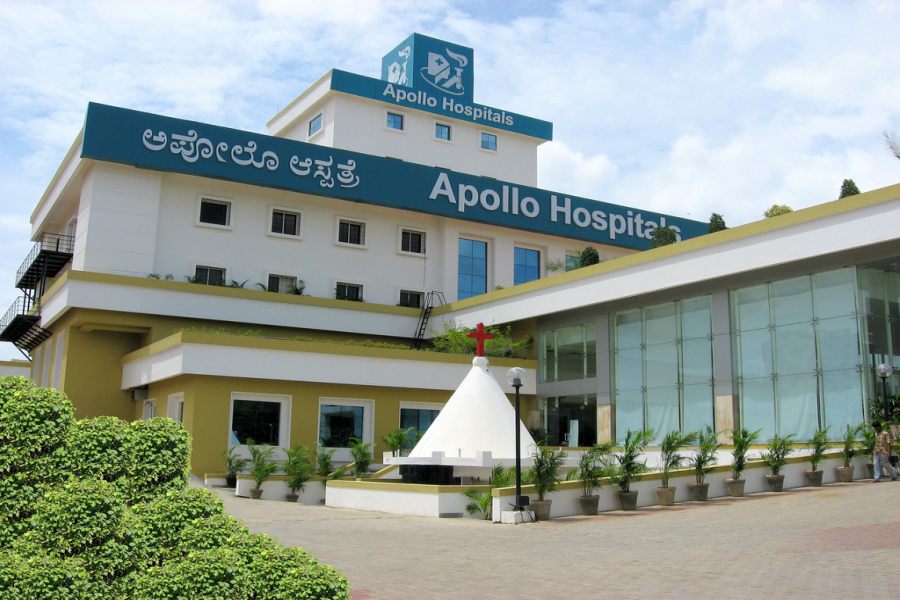
Larynx, the voice box, is located in the neck above the trachea. The larynx is the main channel for the air to enter the lungs. It plays a vital role in producing sound. The larynx also prevents the entry of food, saliva and liquids into the lungs.
Overview
Laryngectomy is the removal of some part of or the whole larynx. It is performed to treat conditions like laryngeal cancer, injury to larynx, and radiation necrosis (cell death due to radiation therapy). The larynx has three main parts: supraglottis, glottis, and subglottis.
Cancer in any part(s) of the larynx can be treated by laryngectomy. Laryngeal cancer is more common in older men above the age of 60 years.
ELIGIBILITY
A person who has laryngeal cancer, damage to the larynx and is fit for the surgery can undergo laryngectomy.
PREPARATION BEFORE PROCEDURE
During your first visit to the surgeon, your medical, medication and family history will be obtained. Some examinations like blood tests, electrocardiogram (ECG), chest X-ray may be performed to determine the condition of the heart and lungs.
You may be asked to avoid consuming alcohol and smoking at least before few days of the surgery. You should avoid eating or drinking 8-12 hours before the surgery.
PROCEDURE TYPE
Total laryngectomy: In this procedure, the whole larynx is removed, and a permanent stoma is created as a new way to breath. Sometimes, pharynx (a tubular structure that connects the nose, lungs and larynx), lymph nodes or nearby muscles may also be removed during the procedure.
Partial laryngectomy: In this procedure, part of the larynx is removed, and a temporary stoma is created for breathing purpose. This stoma can be removed after some time.
ABOUT PROCEDURE
Laryngectomy is performed under general anaesthesia. Once the anaesthesia is effective, tracheostomy is done in which a new opening called a stoma is created. This new opening is a tube that passes through the front of the neck into the windpipe.
An incision is made in the central neck area, which is extended to the side of the neck. Then the surgeon will remove a part of the larynx or the complete larynx. If required, the surgeon may also remove the nearby lymph nodes. After removing the larynx, the passage is closed to prevent the food from entering the windpipe. After completing the procedure, the incision is closed with stitches.
POST-PROCEDURE CARE
You will be moved to the care unit after the surgery. A loose collar will be placed on the neck. This aids in supplying an extra amount of oxygen through the stoma into the lungs. A feeding tube is placed through the nose to supply food and medications. You will also have a catheter placed in the bladder to drain urine. Pain medications will be given through a patient-controlled analgesia pump. Your pulse, breathing, body temperature and blood pressure will be closely monitored.
RECOVERY TIPS
Following measures aid in speedy recovery after laryngectomy:
- Avoid lifting heavy weight or doing strenuous exercise for at least six weeks after the surgery
- Take care of the wound and stoma as instructed by the doctor
- Avoid bending and stressing the body
- Prevent the entry of water in the stoma
- Prevent yourself from the exposure of the second-hand smoke
- Avoid playing contact sports
- Take precautions to prevent respiratory infection
FACTORS AFFECTING COST
The treatment cost depends upon:
- The extent of surgery
- The expertise of the surgeon
- Other procedures used such as placement of artificial voice box etc
- Other collaborative treatments needed
FAQ
Like every surgical procedure, laryngectomy is also associated with some risks, like:
- Hypocalcemia
- Salivary fistula
- Bleeding
- Aspiration
- Blood clots
The duration of the hospital stay depends on the type of surgery performed. In most cases, the patient needs to stay for 10 to 14 days after the surgery.
You may take a shower after one week after the surgery.
No, you won’t be able to go swimming after the surgery. It is also recommended to avoid hot tubs and saunas as it may make your stoma wet or water may enter the stoma.
You can start walking and climbing stairs after the surgery when you feel fit. Initially, start walking slowly with a small distance and gradually increase the distance. If required, take rest or stop while climbing the stairs.


 Best Hospitals
Best Hospitals












